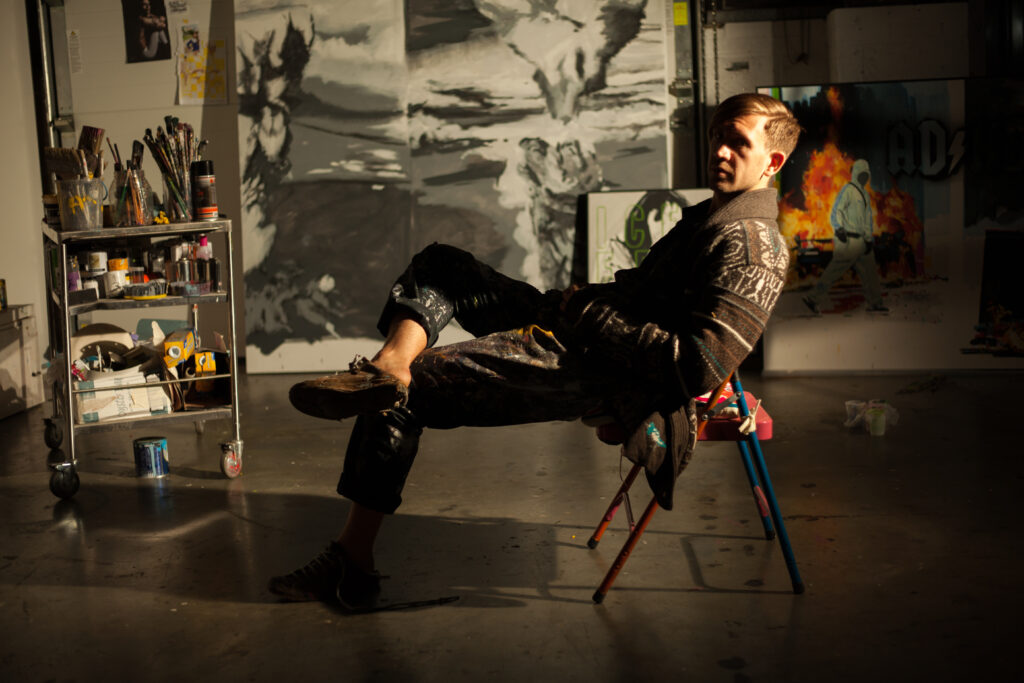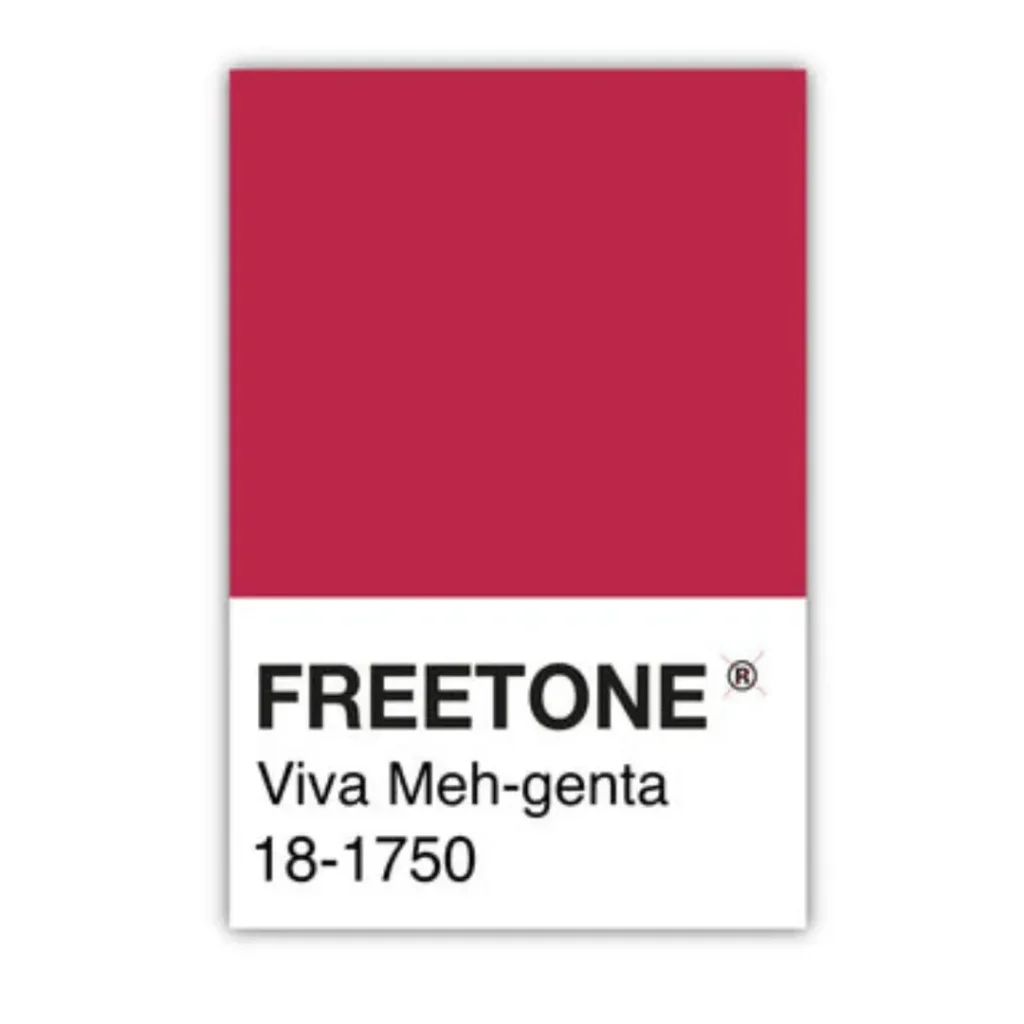British artist Stuart Semple Confronts Pantone’s Color of the Year with the People’s Choice

Artist and activist Stuart Semple, known to have produced the better blackest of black colors than Anish Kapoor, has launched a new campaign called Viva Meh-genta in response to Pantone's declaration that Viva Magenta will be the color of the year for 2023.
The announcement was met with backlash from creatives as Pantone had recently placed several hues in Adobe's Creative Cloud suite behind a paywall, requiring a monthly membership to Pantone Connect to access them, even for older files. This spun the script on artists, and designers who weren't too happy about it.
Semple, who has previously spoken out against corporations that impose restrictions on the use of color, or as simply put “color criminals” created Freetone, a free plugin for Adobe that allows users to continue accessing and coordinating their favorite colors without a fee. Available for all creators, the artist has also developed a bright, powdered paint called Viva Meh-Genta, with proceeds going towards supporting his plan for a crowd-sourced "people's color of the year" that will be chosen by the art world. This true "people's" color will be open source, not for profit, democratic, and accessible to everybody.
The color pigment is available through his globally known online art supply store, CultureHustle, an ongoing effort to democratize access to art materials, and considered one of the longest-lasting and influential internet performances to date.
Art Currently caught up with the artist to hear more about his recent initiatives.

Credits: Amelia Dyer

What was your initial thought process behind the campaign (besides wanting to liberate color palettes)?
I first created a free digital palette because those of us who use Adobe software had all of the pantone colors replaced with black. For access to the colors, Pantone demanded that we make monthly payments. So I created Freetone.
Regarding choosing their color of the year, I'm always very depressed by the choice. Really strange color trends being set by a corporation. It's strange that so many people adopt those trends and that it develops into a separate economy. The very notion that a color can represent the year is a joke and a way for Pantone to increase sales and PR. Every year, retailers, fashion designers, and product designers play into this self-fulfilling prophecy, which is absurd to see.
As a result, I wanted to make the color accessible to everyone while also using it as a means of raising money to create a platform that will enable anyone to vote for the "people's color of the year." UI want to find a way to make the process more democratic.
What kind of feedback have you been given so far?
The response has been overwhelmingly positive, and I believe that most artists worldwide are eager to take a stand against these large corporations that have been dictating how we express ourselves for far too long.
How does the licensing process work with giving free colors to be downloaded by the general public/artists through the Freetone Plugin on Adobe?
I'm not entirely sure. In my case, I make the Freetone colors available for anyone to use in Adobe, and I don't care what they're used for. I don't want to be in charge. The laws differ depending on the legal protections brands or companies like Pantone have placed around the colors they own. Because I support open source and open culture, I think that the more accessible and inclusive a license is, the more creativity it fosters and, ultimately, the more advancement for all of us.
Do you believe that corporations will eventually provide users free downloads?
Quite a few of them already do. That's a good example if you consider something like android, which is open source and a very popular platform. Examples of open source are everywhere in software. For many years, as part of the cost of using the software, Adobe provided free access to the Pantone color swatches for all users. I fear that if we aren't careful, we'll end up with very limited color options because, sadly, more and more people are looking to monetize and control color.



